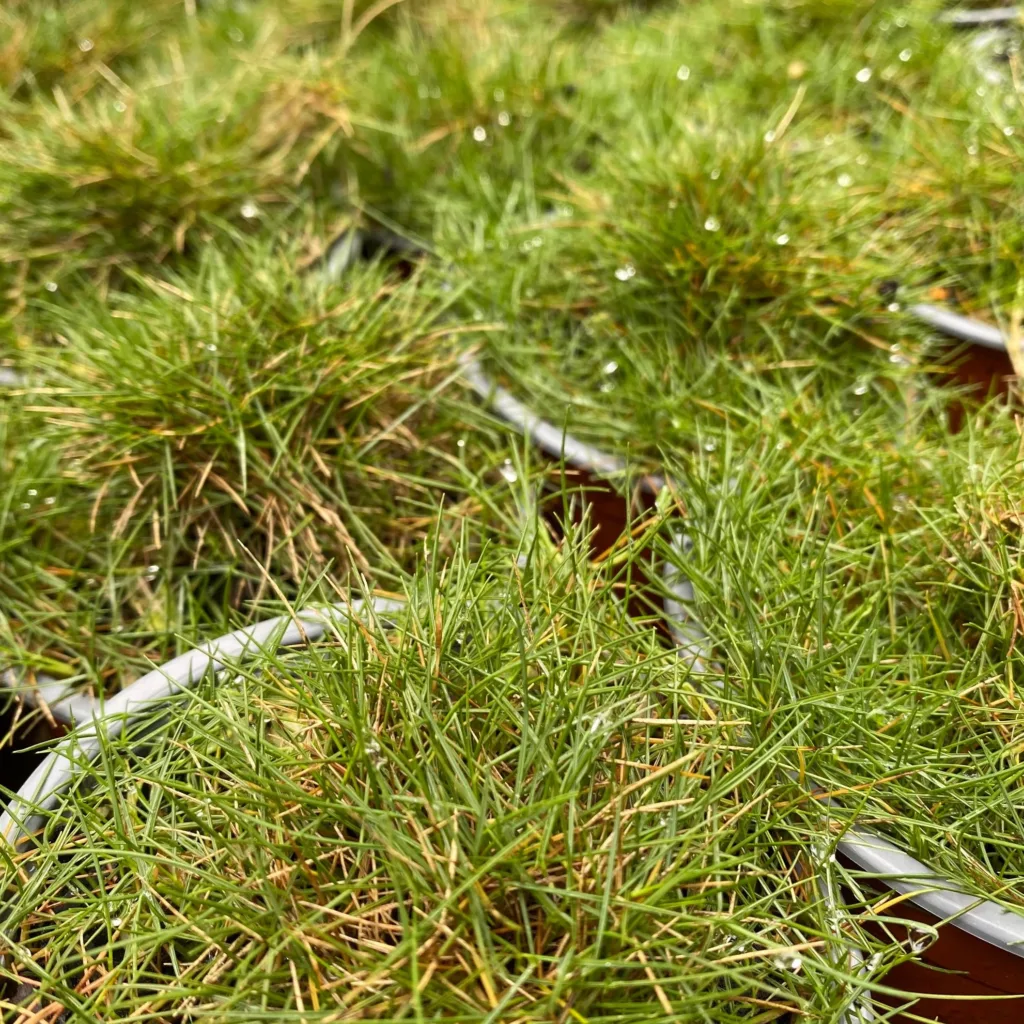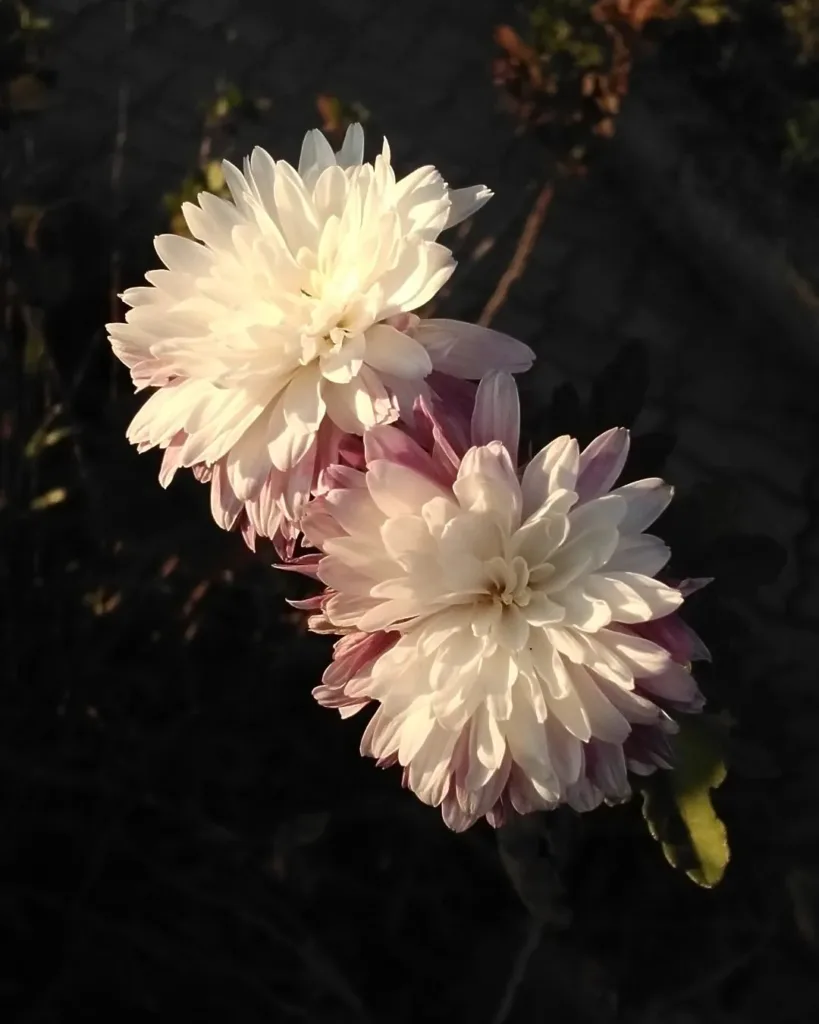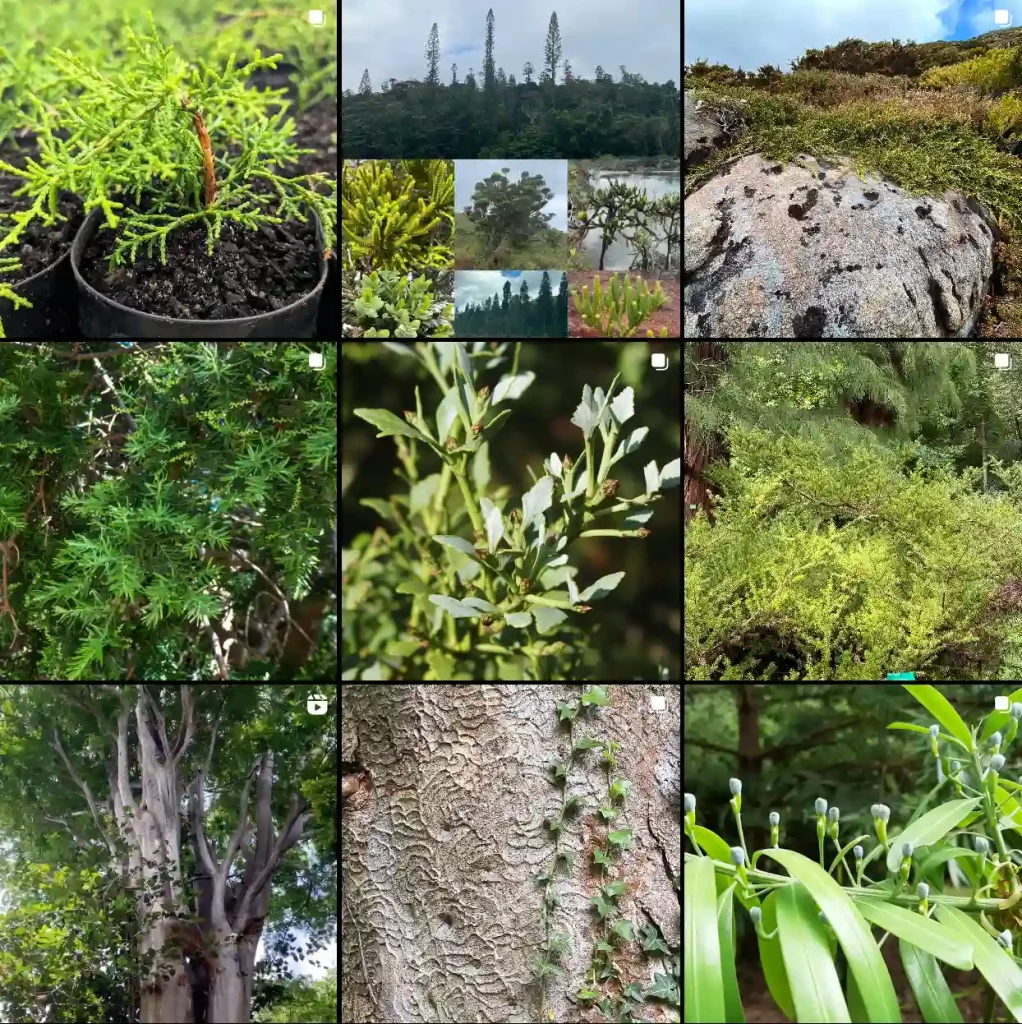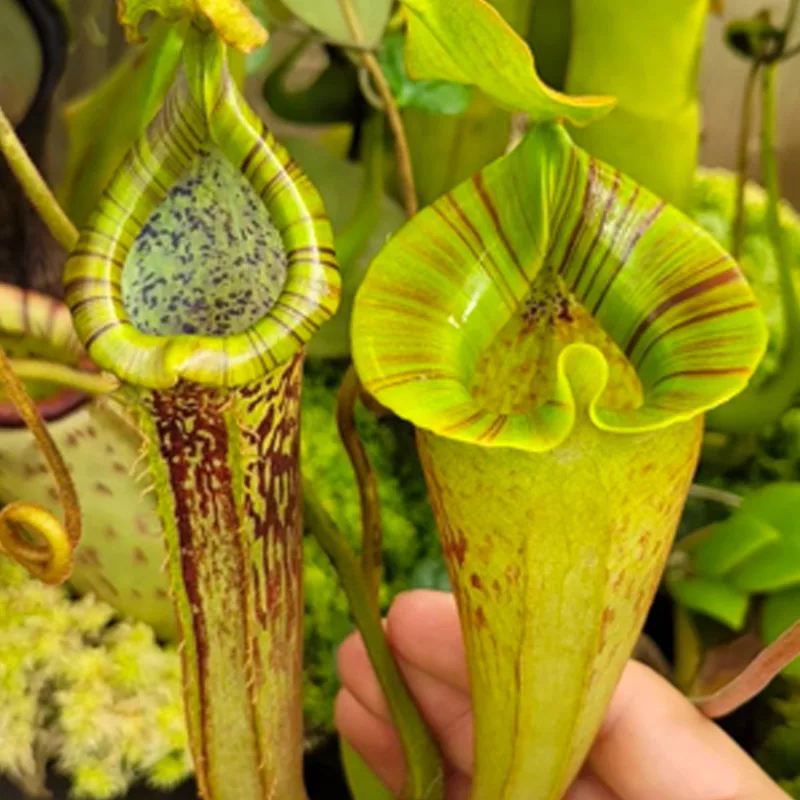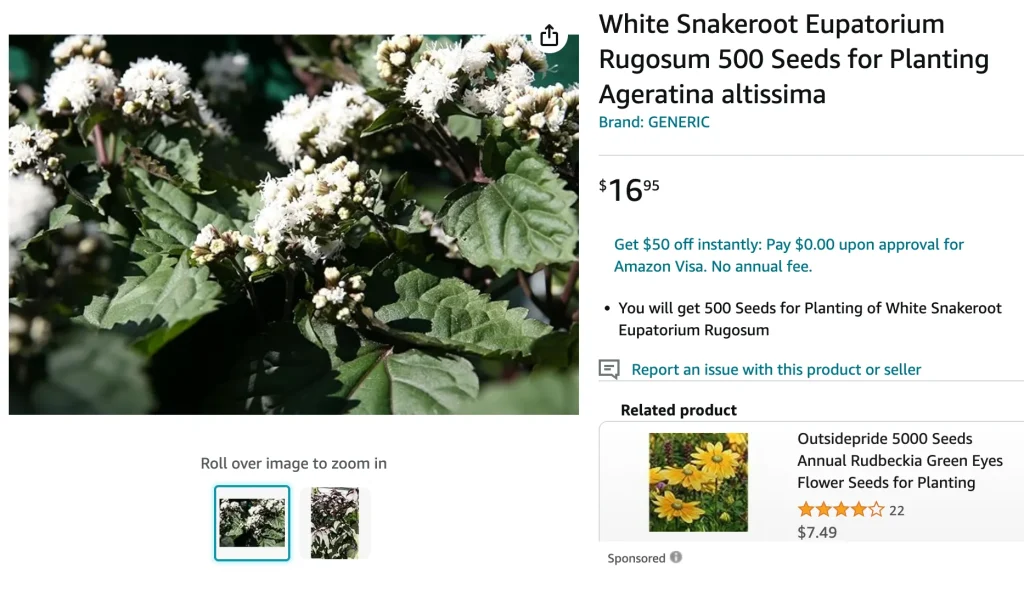
FAQs About Ageratina Altissima
Ageratina Altissima, commonly known as White Snakeroot, is a fascinating plant that often raises questions among gardeners and plant enthusiasts. In this article, I’ll address some of the most frequently asked questions about Ageratina Altissima, sharing insights from my experiences and research.
315 Species in Genus Ageratina
What Is Ageratina Altissima?
Ageratina Altissima is a perennial herbaceous plant native to North America. It belongs to the Asteraceae family, which includes other familiar plants like daisies and sunflowers. It typically grows in woodland areas and meadows, producing clusters of small white flowers that bloom in late summer to fall. Its foliage is attractive, with dark green, serrated leaves that can add texture to garden beds.
Is Ageratina Altissima a Perennial?
Yes, Ageratina Altissima is indeed a perennial. This means it will return year after year, making it a reliable choice for adding long-lasting interest to your garden. In my own garden, I’ve found it to be a hardy plant that re-emerges each spring, contributing to the garden’s late summer color.
Is Ageratina Altissima Poisonous?
One of the most important considerations with Ageratina Altissima is its toxicity. Yes, this plant is poisonous. It contains toxins that can be harmful if ingested by humans or animals. The plant’s primary toxin is tremetol, which can cause symptoms such as nausea, vomiting, and even tremors if consumed. It’s especially dangerous to livestock, and I always make sure to keep it away from pets and animals.
How to Care for Ageratina Altissima?
Caring for Ageratina Altissima involves a few key considerations:
- Light Requirements: It thrives in partial to full shade. I’ve found that it does best in areas with dappled sunlight or light shade, where it can avoid the intense afternoon sun.
- Soil: It prefers well-drained soil, rich in organic matter. In my garden, I ensure it gets a good layer of compost to keep the soil moist yet well-drained.
- Watering: Regular watering is important, particularly during dry spells. However, it’s crucial not to overwater, as this can lead to root rot.
- Pruning: Light pruning in the spring can help maintain its shape and remove any dead or damaged stems.
How to Propagate Ageratina Altissima?
Propagating Ageratina Altissima can be done through division or seed:
- Division: In early spring or fall, you can divide the root clumps. Simply dig up the plant, separate the roots into smaller sections, and replant them.
- Seed: You can also start new plants from seeds. Sow them in early spring, either directly in the soil or indoors, and keep them moist until they germinate.
What to Plant With Ageratina Altissima?
Ageratina Altissima pairs well with other shade-loving plants. Some good companions include:
- Hostas: Their broad leaves complement the serrated leaves of Ageratina Altissima.
- Ferns: They provide a lush, green backdrop that contrasts nicely with the white blooms of the Ageratina.
- Astilbes: Their feathery blooms add vertical interest and blend well with the plant’s flower clusters.
Can You Grow Ageratina Altissima Indoors?
While Ageratina Altissima is primarily an outdoor plant, it can be grown indoors with the right conditions. It requires ample light, so a bright, indirect light spot is ideal. However, growing it indoors might limit its growth compared to an outdoor setting, and managing its size can be a challenge.
Benefits of Ageratina Altissima
Aside from its aesthetic appeal, Ageratina Altissima has ecological benefits. It attracts pollinators like bees and butterflies, which can help support the local ecosystem. Additionally, its dense foliage can provide ground cover and help prevent soil erosion in shaded areas.
Common Problems with Ageratina Altissima
A few issues can arise with Ageratina Altissima:
- Powdery Mildew: This fungal disease can cause white, powdery spots on the leaves. Ensure good air circulation and avoid overhead watering to prevent this.
- Leaf Spot: Dark, sunken spots on leaves can be a sign of fungal infections. Regularly inspect the plant and remove affected leaves.
Compare with Other Plants
When comparing Ageratina Altissima with similar plants, such as the more commonly known Eupatorium rugosum, several differences stand out. Ageratina Altissima generally has smaller, whiter blooms and a more aggressive spreading habit compared to Eupatorium rugosum’s larger, clustered flowers. Both share the same family and some toxic properties, so caution is advised with both.
Conclusion
Ageratina Altissima, with its perennial nature and striking appearance, can be a valuable addition to shaded garden areas. However, its toxicity requires careful handling, especially around children and pets. By following proper care guidelines, you can enjoy its beauty while keeping it safely managed.
If i die, water my plants!
